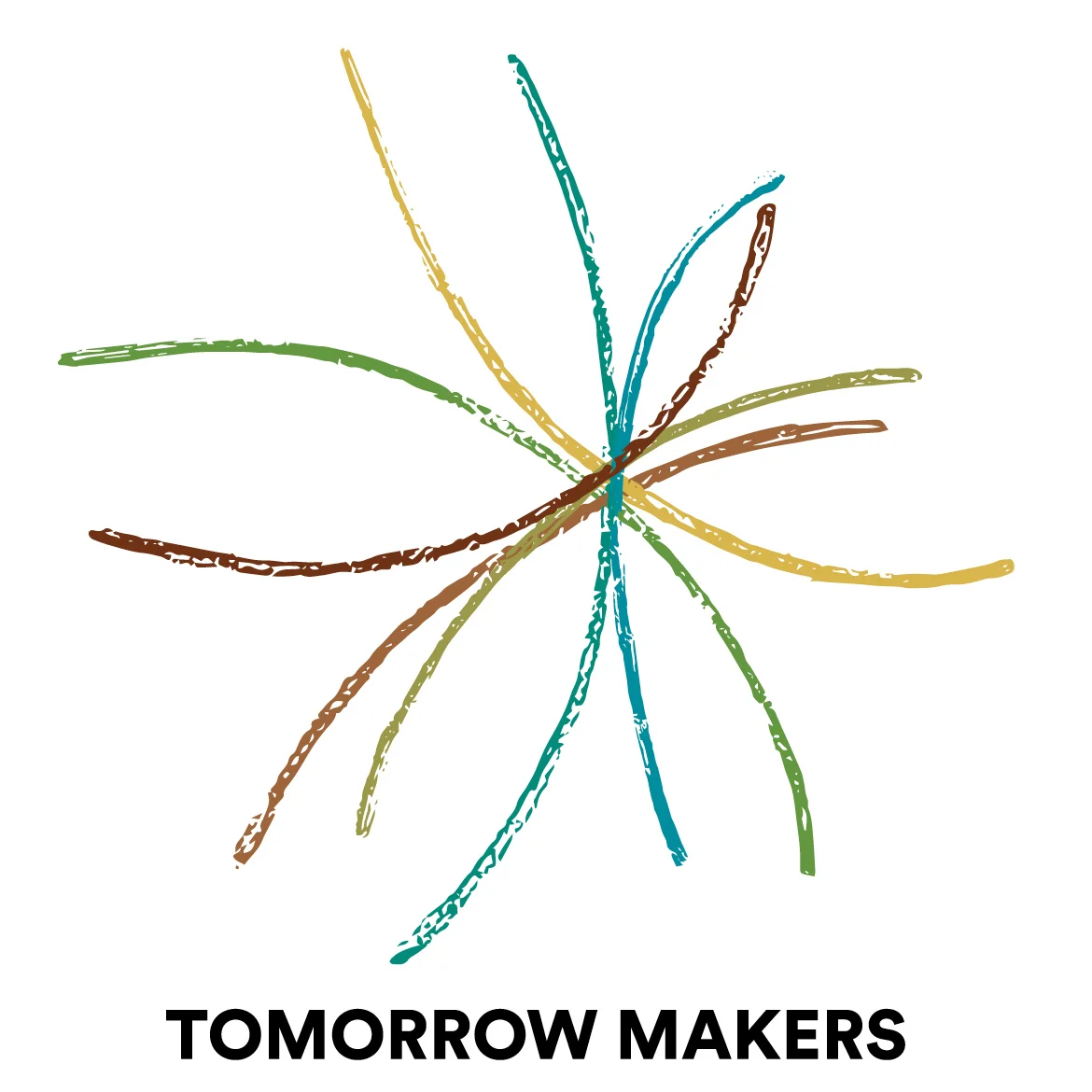A Modeling Language
/Good design is obvious. Great design is transparent.
— Joe Sparano
If you know me well, you know that one of my favorite images is Escher's "Drawing Hands", 1948 Lithograph. Really, is there any other way that life creates itself?  The Latin derivation, modulus is the diminutive of modus, which means measure, rhythm, harmony. So a model is a little measure, a little rhythm, a little harmony--a slice.
The Latin derivation, modulus is the diminutive of modus, which means measure, rhythm, harmony. So a model is a little measure, a little rhythm, a little harmony--a slice.
When Matt and I met in 1976, his language was "architecture/design/build" and mine was "education". I was a doer and he was a designer. We were both entrepreneurs and visionaries. Still we saw things from different vantage points. When we decided to bring our ideas together and develop a process to enable groups to think, play, and work differently, we had to create a language which would help us to do this ... to bring our different languages together and create something born of our vision and ethics. Our dialogs were like Eschers hands -- with each exchange, we were growing a new language. The result was a modeling language which we have used for more than 30 years now to help us come to understand and share our own thinking with our network and clients throughout the world.
As stated on the MG Taylor website, a model is a "slice of reality" --- a vantage point of perception. Our models are for creating an infrastructure and process for dialog and diagnosis of a situation. Each model is designed to hold a "truth" and to unfold a story by and with the users. For instance, our Stages of an Enterprise Model, is true for all stages in nature as well as organizations and other human developed enterprises. When we have used it with members of a corporation or community, they come to see themselves within a larger context. The dialog leads to seeing an organization as constant change. It provides a way to step back and examine the stages of an organization from a higher plane. When employees and managers play with this model, they aren't forced to change. They gain a new understanding of what it means to be in sync with an idea, project, or organization. They want to ride these waves of change.
None of our models are about people; rather they model underlying stories about different situations and possibilities. They are not right or wrong or better or worse than other models. That is not the point. They are a language that helps us come to know how to test, design, use and provide feedback to our own processes. Our Seven Domains Model helps understand why we leave people out of our models.
As you explore the models, you will see glyphs inside each one. Think of these as giving deeper meaning ...offering aspects of rhythm and harmony.
For the few of us who have used the modeling language for years and years, no conversation or dialog goes on -- whether about and with clients, our families, or communities -- without using the language to sharpen our thinking and cohere our thoughts into some form of action. It is why clients often tell us how the magic of play and work intertwined, opens so many new avenues of thought and freedom. Most of all, I love it when people I am working with come up and tell me stories about how they have radically changed their mind about a situation or person because of an event we have facilitated. This is using the modeling language at its best... very invisible but yet serving its purpose.
Our modeling language and models on one hand, the reality of a situation on the other hand -- drawing each other into a much more creating place and space.

